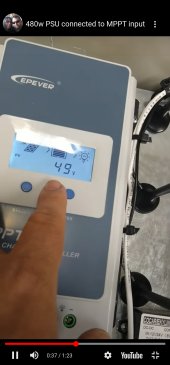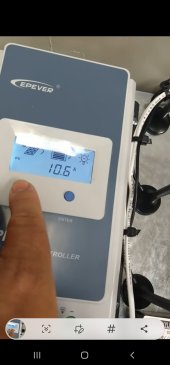curiouscarbon
Science Penguin
- Joined
- Jun 29, 2020
- Messages
- 3,030
thank you for sharing,
may i ask, did it become apparent what heated up?
the wires going to the MPPT appeared to be relatively small, perhaps they heated up?
thanks for stopping it when the smell happened, hope everything is ok
may i ask, did it become apparent what heated up?
the wires going to the MPPT appeared to be relatively small, perhaps they heated up?
thanks for stopping it when the smell happened, hope everything is ok




